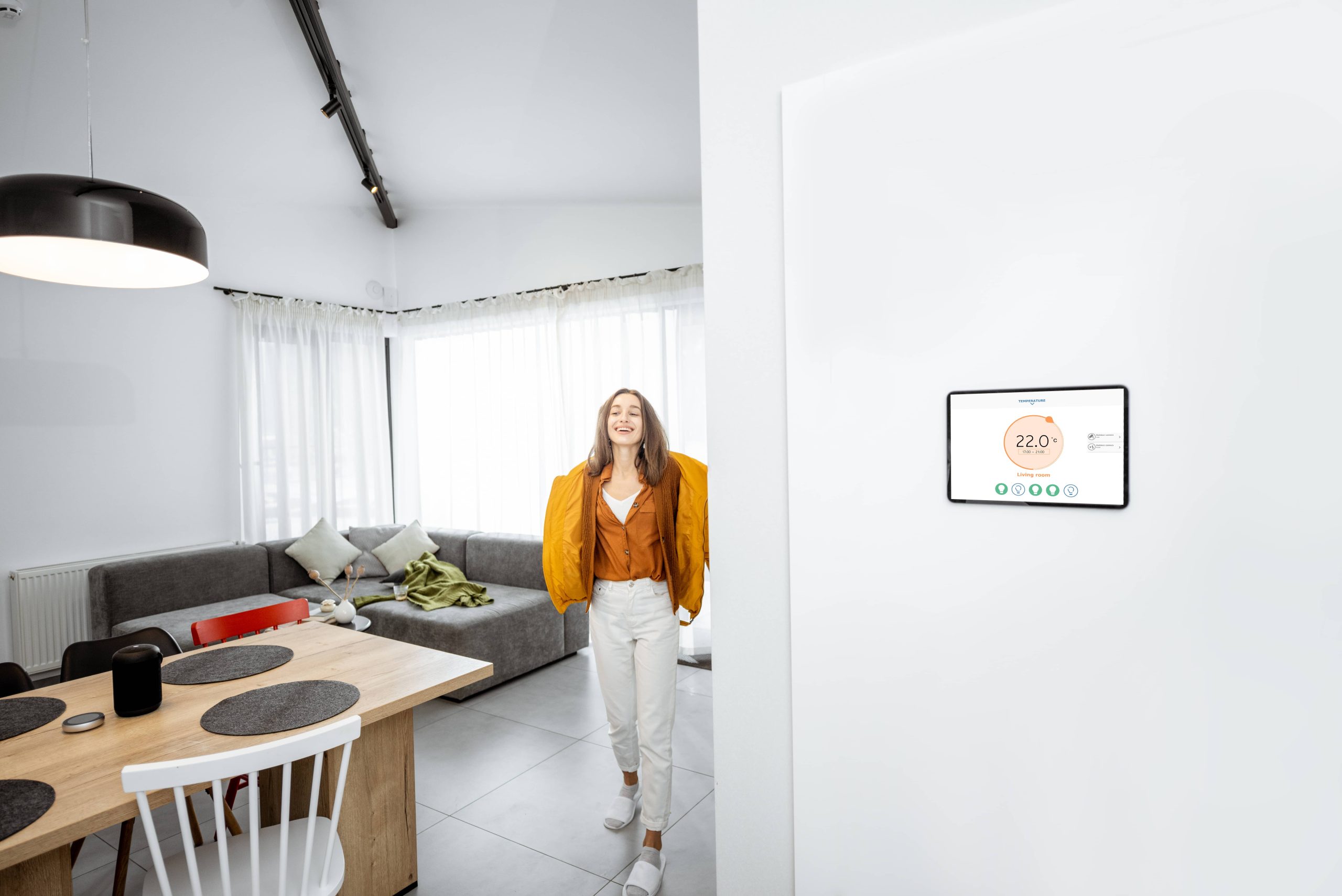
In today’s world, where sustainability is more than just a buzzword, integrating eco-friendly enhancements into your smart home is not only a responsible choice but also an exciting one. With the rapid advancement of technology, creating a smart home that is both efficient and environmentally friendly has never been easier. Here are some eco-friendly smart home enhancements that you’ll absolutely adore.
1. Smart Thermostats
One of the most effective ways to reduce energy consumption in your home is by installing a smart thermostat. These devices learn your schedule and preferences, adjusting the temperature accordingly to save energy when you’re not home. For instance, the Nest Learning Thermostat can reduce heating and cooling costs by up to 15%. By optimizing your home’s temperature, you not only save money but also reduce your carbon footprint.
2. Energy-efficient Lighting
Switching to LED bulbs is a simple yet impactful change. Smart lighting systems, like Philips Hue, allow you to control your lights remotely, set schedules, and even change the ambiance with different colors. These systems can be integrated with motion sensors to ensure lights are only on when needed, further conserving energy.
3. Smart Power Strips
Many devices consume energy even when they’re turned off, a phenomenon known as “phantom load.” Smart power strips can detect when a device is in standby mode and cut off power, reducing unnecessary energy consumption. This is particularly useful for home entertainment systems and office setups.
4. Solar Panels and Smart Inverters
Harnessing solar energy is one of the most sustainable ways to power your home. Modern solar panels are more efficient and affordable than ever. Pairing them with a smart inverter allows you to monitor energy production and consumption in real-time, optimizing your energy use and reducing reliance on the grid.
5. Water-saving Smart Devices
Water conservation is a crucial aspect of an eco-friendly home. Smart irrigation systems, like Rachio, adjust watering schedules based on weather forecasts and soil moisture levels, ensuring your garden gets the right amount of water without waste. Additionally, smart showerheads and faucets can monitor water usage and help you reduce consumption.
6. Smart Appliances
Investing in energy-efficient appliances is a significant step towards a greener home. Smart refrigerators, washing machines, and dishwashers not only use less energy but also offer features like energy usage reports and remote control. For example, a smart fridge can alert you if the door is left open, preventing energy loss.
7. Home Energy Monitoring Systems
Understanding your energy consumption is key to making informed decisions. Home energy monitoring systems, like Sense, provide detailed insights into how much energy each device in your home uses. This information can help you identify energy hogs and adjust your habits accordingly.
8. Smart Blinds and Curtains
Smart blinds and curtains can be programmed to open and close based on the time of day or the sun’s position. This helps regulate indoor temperature naturally, reducing the need for heating and cooling. By maximizing natural light, you also reduce the need for artificial lighting during the day.
9. Eco-friendly Building Materials
When considering renovations or building a new home, opt for eco-friendly materials. Bamboo flooring, recycled glass countertops, and sustainably sourced wood are excellent choices. These materials not only reduce environmental impact but also enhance the aesthetic appeal of your home.
10. Integration with Smart Home Ecosystems
To maximize the efficiency of your eco-friendly enhancements, integrate them into a smart home ecosystem like Google Home or Amazon Alexa. This allows you to control all your devices from a single platform, creating a seamless and efficient home environment.
Conclusion
Transforming your home into an eco-friendly smart haven is a rewarding endeavor. Not only do these enhancements reduce your environmental impact, but they also offer convenience, cost savings, and an improved quality of life. As technology continues to evolve, the possibilities for creating a sustainable smart home are endless. Embrace these innovations and enjoy the benefits of a greener, smarter home.







